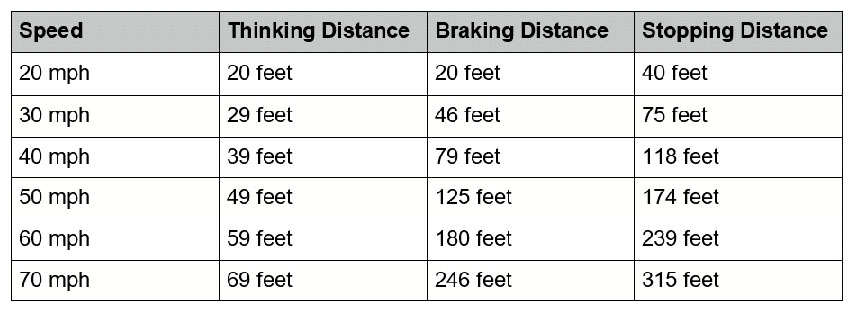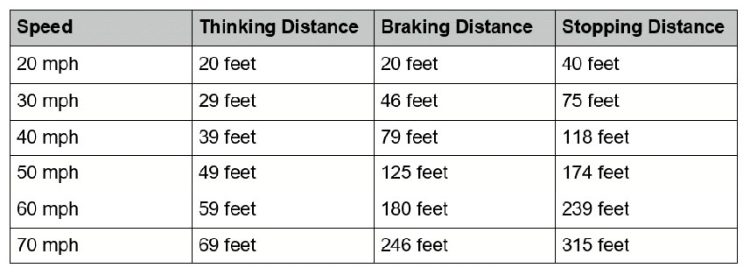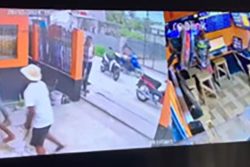Dear Editor,
Over the years, hundreds of letters with suggestions to reduce the increasingly high traffic deaths in Guyana have been published in the national newspapers in the country. As far back as December 6, 2010, an article by me captioned “A Comprehensive Approach to deal with the Increasing Traffic Fatalities in Guyana” was published in the In the Diaspora column of the Stabroek News. Unfortunately, both the PPP and the APNU+AFC coalition Governments have ignored the high traffic fatalities on the highways and streets of the country.
For the past two years the current Government has been grappling with changes to the traffic laws for more severe penalties for drivers who cause death by drunk driving and the installation of cameras on the roadways to catch speeding drivers. While these are positive steps, not only are they slow in being implemented but many loopholes will remain in the laws, law enforcement, and the judiciary. From the colonial period and increasingly after Independence, the laws and law enforcement have favoured the rich, famous, and politically well connected.
On the road, operators of motor vehicles should behave as if they own the vehicle, not as if they own the road. In this piece, I wish to focus attention on the operators of motor vehicles (drivers of motor vehicles and riders of motor cycles) and call on them to live up to their obligations and legal responsibilities for the privilege of operating their vehicles on the public thoroughfares in the country. More importantly, they should think self-interest – your own mortality. You have one life only. Death does not give a second chance. In Ontario, Canada, where I live, a message is frequently displayed on the digital notice boards at intervals over the major highways. It reads “Speed Thrills and Kills”. This is a worthwhile reminder every time you are operating your vehicle on the road.
Based on my reading of the daily papers, it seems that the majority of road fatalities are caused by irresponsible drivers who are often males under the age of forty, with a significant number being in their late teens or early twenties who are still living at home with parents, and likely driving their parents’ vehicles. These individuals often lose control of their own vehicle, killing themselves or causing the deaths of others. To older drivers with families, every time you think of speeding and/or drinking and driving, imagine this. You died in an accident that you caused; you are lying in a coffin at your funeral; your wife and children are crying and fainting over you. Is that the lasting memory you want to leave with them? And think too, how will they survive after you are gone. To the younger, unmarried drivers, imagine the same scene with your sibling and parents crying and fainting over you. Is that the kind of grief you want to inflict on them, especially your mom who may never recover from your tragic passing?
I know my letter will make some readers uncomfortable but if we want see change we have to face reality. When a person dies as a result of a vehicular accident, it is the immediate family and close friends, not the Government or the police, that suffer the pain and anguish of loss. These are the individuals who should implore their loved ones to be responsible and safe drivers. In order to promote safe driving, I provide below a bit of basic information which should be helpful to drivers. Very often speeding drivers are over-confident of their ability to bring a car to complete stop in case of a sudden emergency ahead, thereby often resulting in collision and fatalities. Factors such as road and weather conditions, quality of tires and brakes maintenance, and drivers experience and alertness are all important factors in bringing a car to complete stop and avoid an accident.
The following information, extracted from the internet site merityre.co.uk , informs on the processes involved and the distance travelled in order to bring a car to complete stop while traveling at varying speeds.
“Stopping distance is the total amount of time it takes for your vehicle to stop from the moment you first think about stopping to the second you come to a complete halt or take your foot off the brake. Stopping distance is calculated using this formula:
Thinking Distance + Braking Distance = Stopping Distance”
The table below is computed from figures from the UK Highway Code for a car of around 4 metres (13.1 ft) and reported on the internet site noted above.
Yours faithfully,
Harry Hergash






